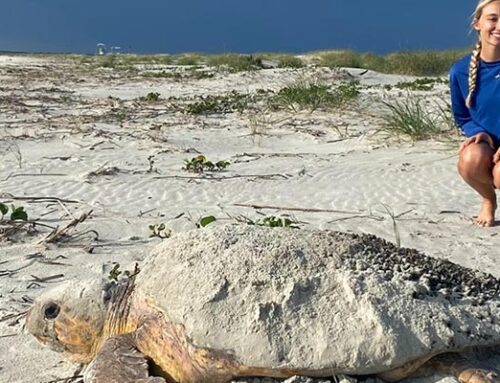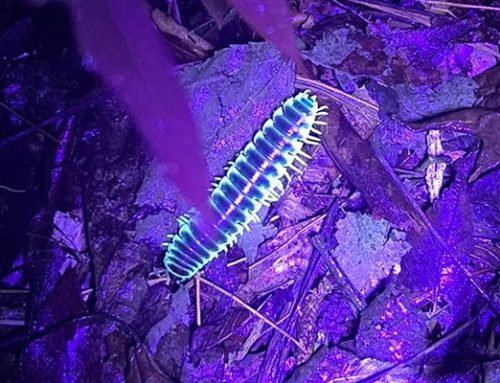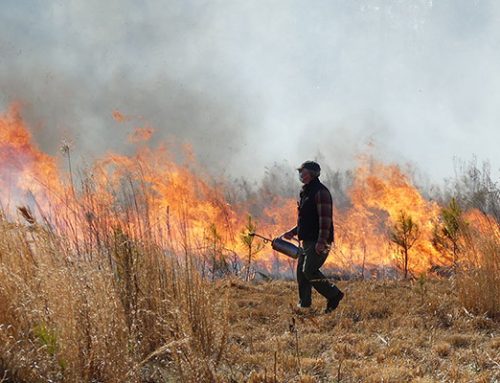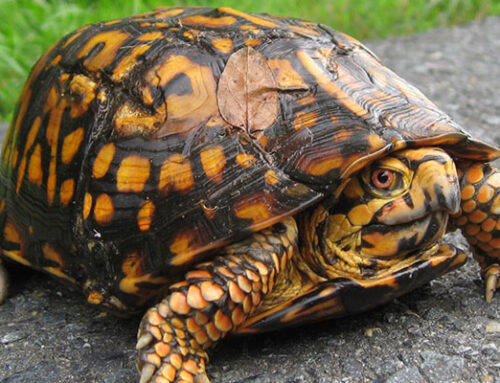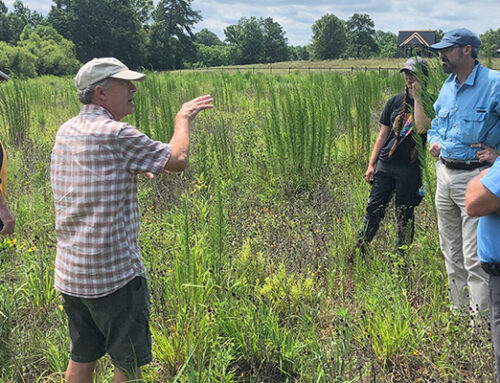Seeing the Forest and the Trees
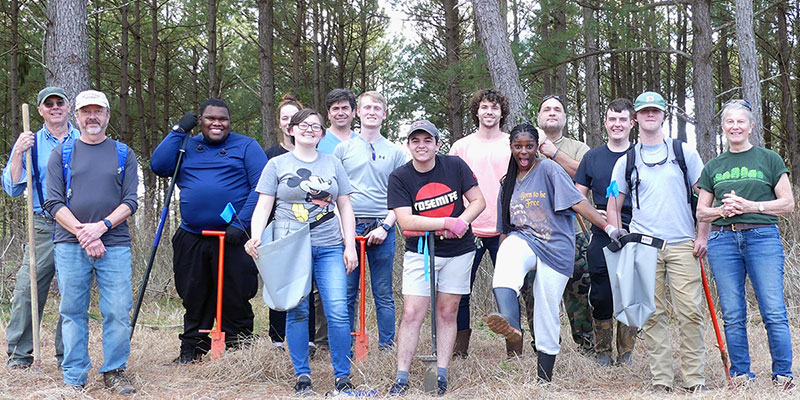
In many communities, people come together and plant a tree for Earth Day. And what a great thing to do for our only home – planet Earth! Planting a native tree is something we can all do that provides decades of benefits to people, plants and animals. What if communities across the country acted as if every day is Earth Day? What if people came together plant not just one tree but an entire forest? That spirit sure was in the air one day in early March when nine students and two professors from biology programs at Wingate University (NC) and Francis Marion University (SC) gathered at Southern 8ths to plant a Shortleaf pine forest.
And what a field day it was, with an ideal combination of field biology, action-based learning, and a darn good time had by a new generation of land stewards working shoulder-to-shoulder to give back to Nature. The planting took place in a field where a recently cleared Loblolly pine plantation had grown in straight rows for decades, where cattle had grazed on pasture for decades before that, and where Shortleaf pine likely grew for thousands of years as part of the pre-settlement forests. You could say it was a homecoming of sorts. With digging spades in hand and bags of seedlings slung over their shoulders, the students planted over 300 young Shortleaf pines in the random pattern they would have had sprouting around a “mother tree.” A third of the students had never met each other, but seeing them all talking, laughing, and planting tree seedlings together with such gusto…you’d think they’d known each other for years. That’s the power of working together to restore the health of the land and our human communities that depend on that land.
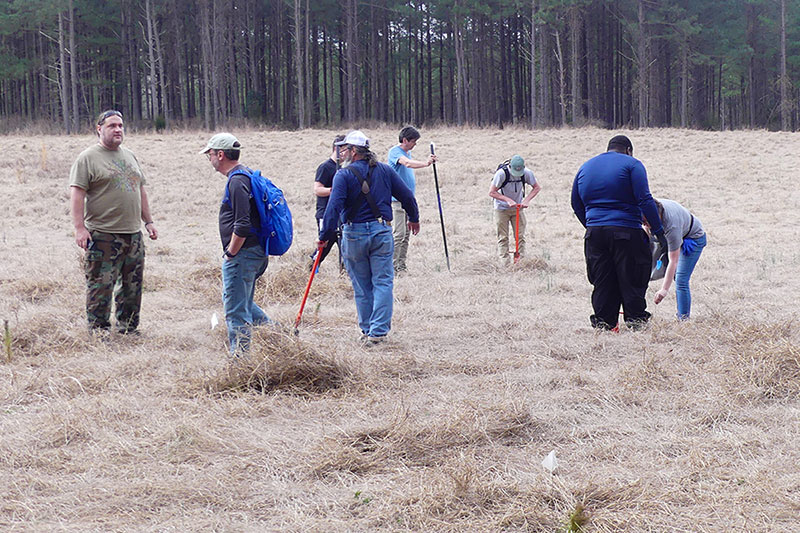
Shortleaf pine (Pinus echinata) is an important native tree of Southeastern forests, including our local Carolina Piedmont. Shortleaf provides extraordinary ecological, cultural and economic value, yet gets far less attention than its more beloved siblings, Longleaf pine (Pinus palustris) and Loblolly pine (Pinus taeda). Shortleaf pine, like Longleaf, has significantly declined across much of its range over the past 200+ years. These ecologically rich native pine and oak forests were cleared for timber and replaced with agriculture, development, and vast areas are now converted to plantations of faster-growing Lolblolly pine for lumber and pulpwood mills. We are fortunate that a few remnant stands and large trees can still be found at Southern 8ths. Unlike Longleaf, Shortleaf pine does not receive millions of dollars annually to promote its restoration as an integral part of our Southeastern forests. But that doesn’t stop us from bringing it back here…
The day ended with a “Live Long and Prosper” blessing for the trees, a visit to see towering 100+ year old Shortleaf pines growing as guardians by the old Burch family cemetery, and finally a pizza party to celebrate. At a time when reversing human-induced impacts to our Earth is so urgently needed, it’s wonderful to share in the joy and strength of students pulling their weight together, planting a future forest that will keep giving back for generations to come.
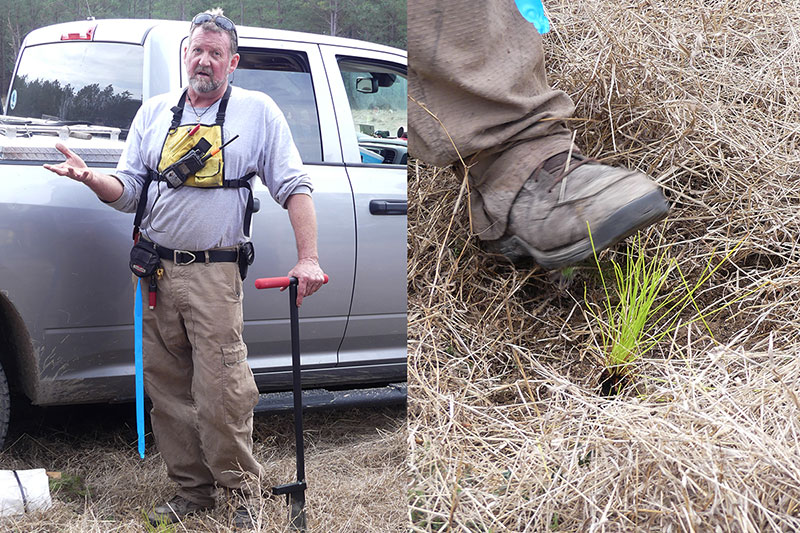
A special thanks goes out to Johnny Stowe of SC Department of Natural Resources for bringing the seedlings and tree planting wisdom. To learn more about what you can do to help bring back Shortleaf pine to the Southeast, the Shortleaf Pine Initiative is a great place to start.

